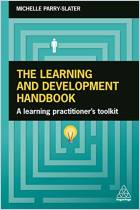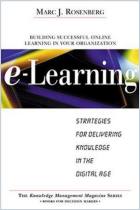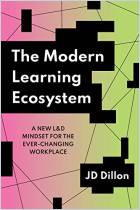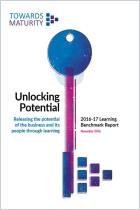
Learning Technologies in the Workplace
How to Successfully Implement Learning Technologies in Organizations
Recommendation
Adult learners are embracing new tools and techniques, and using multiple online sources, including social networks and YouTube, to gather information and learn new skills. More and more, learners are self-motivated to find the information they need – whether through web searches or peer networks – and apply it to their work. Many learning professionals cling to a bygone era when learning & development (L&D) departments created and controlled learning, instead of maximizing the potential of this participatory revolution. Learning and Performance Institute chairman Donald H. Taylor challenges learning professionals who resist and deny change to open their horizons and offers a clear path to the L&D unit’s renewed relevance and contribution. getAbstract recommends this visionary, practical workplace learning guide to L&D professionals.
Summary
About the Author
Learning and Performance Institute chairman Donald H. Taylor has spoken about, consulted on and written about learning technologies for more than three decades. He has chaired the Learning and Performance Institute since 2010.














Comment on this summary